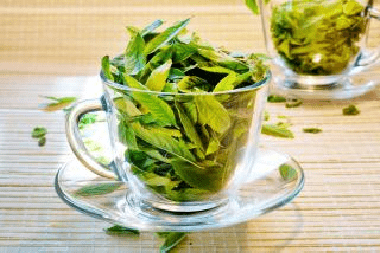Phytotherapy >>>> Medicinal plants for diseases of the gastrointestinal tract
Medicinal plants for diseases of the gastrointestinal tract.

As a rule, diseases of the gastrointestinal tract are associated either with impaired motility, which entails impaired intestinal patency, or with inflammatory diseases of the inner surface of the intestine, when the mucous membrane, designed to protect against injuries and infections, ceases to play its role to the required extent. Dysbiotic disorders of the intestinal microflora also adversely affect digestive activity.
For such cases, herbal medicine can offer a number of herbal preparations for diseases of the gastrointestinal tract that will help to cope with constipation, colitis syndrome, dyspeptic disorders, dysbiosis and the growth of opportunistic microflora.
Medicinal plants for diseases of the stomach and intestines are correlated with a specific disease and are not used thoughtlessly, since the same plant can help with certain diseases of the gastrointestinal tract, but with other disorders of the gastrointestinal tract, it may turn out to be an additional irritating factor.
If diseases of the gastrointestinal tract affect the state of the mucous membrane of the stomach and intestines, then plants containing polysaccharides, which, when combined with water in the gastrointestinal tract, form colloidal solutions that envelop the walls of the stomach and intestines, and thus protect the mucous membrane from additional irritation, can be a good help. These plant components include sea buckthorn fruits, flax seeds, rice grains, oatmeal, marshmallow root.
The astringent effect of plants is useful for diarrhea of microbial and non-microbial origin, if necessary, to protect the mucous membrane from chemical or mechanical irritants. For this, birch buds, snake knotweed root, tea leaves are suitable. They are able to denature proteins and cover the mucous membrane with a thin layer of denatured proteins to create a protective membrane that prevents the penetration of microorganisms and chemically active substances.
In ulcerative and erosive diseases of the gastrointestinal mucosa, sea buckthorn oil, pectin (from baked apples and edible physalis) have a good reparative effect.
For constipation and flatulence, astringent plants are contraindicated, but plants that stimulate peristalsis are suitable: anise fruits, fennel and dill seeds, cassia (senna) leaves.
In case of hemorrhoids disease, plants with a reparative and hemostatic effect can be used in the form of enemas or baths. For these purposes, infusions of rhizomes of burnet, thyme leaves, string, flowers of St. John's wort, calendula, chamomile are suitable.
To properly treat the gastrointestinal tract, it is necessary to learn how to combine plants and maneuver between phases of disease: acute or remission.

Read

Read



























